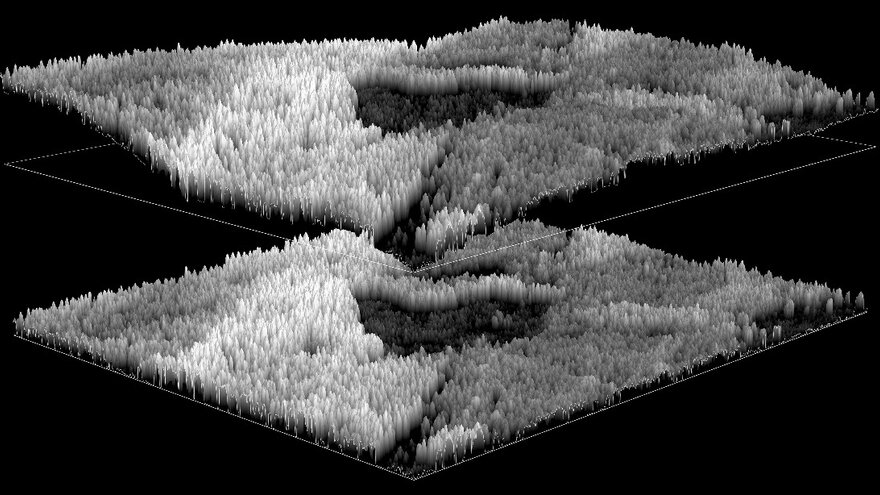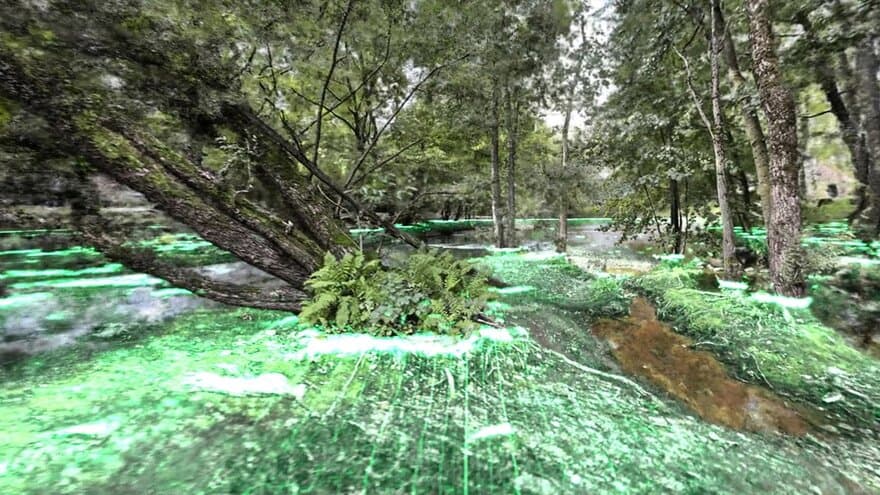The VR-Lab Research Group is contributing to the realm of digital landscape architecture with two new publications. These two articles, authored by Maximilian Schob, Luis Callejas, and Jörg Rekittke, present innovative approaches that promise to revolutionize the field.
The first publication, "Landscapes between Signal and Data: Formal Identification and Analysis of Forest Clearings in Oslo through Lidar Data," explores the potential of lidar technology in uncovering hidden gems within Oslo's urban forest. Schob and Callejas leverage Norway's extensive high-resolution public data to investigate forest clearings' cultural significance. Their methodology involves applying data models from urban planning and forest management datasets to lidar scans, enabling the identification and creative exploration of these previously undervalued clearings. The article also highlights how high-resolution lidar surveys unveil intricate landscape details, emphasizing the importance of open data sources in Norway for landscape research. Check the publication from here.

The second publication, "Neural Radiance Fields for Landscape Architecture," authored by Schob and Rekittke, investigates the applications of Neural Radiance Fields (NeRF) in landscape architecture. NeRF, a cutting-edge technology for scene reconstruction, is explored in the context of the post-disaster landscape of Ahr Valley, Germany, which endured a 100-year flood in 2021. The article focuses on Instant-NGP, a method developed by NVIDIA researchers, demonstrating NeRF's advantages over conventional landscape modeling techniques like Structure-from-Motion (SfM) or Multi-View-Stereo (MVS). By doing so, it illuminates NeRF's transformative potential in the field. Check this publication from here.

The VR-Lab Research Group's latest publications underscore their commitment to pushing the boundaries of landscape analysis and reconstruction. The lidar-based investigation of Oslo's forest clearings not only reveals their cultural significance but also highlights the power of open data. Meanwhile, the exploration of NeRF in landscape architecture showcases its potential to revolutionize scene reconstruction.
These two publications demonstrate the breadth and depth of research being conducted by the VR-Lab research group at NMBU. The group is at the forefront of developing new and innovative ways to use, test and utilize digital technologies, including digital technologies for landscape architecture research. The work has a significant contribution to our understanding and management of landscapes in the 21st century.
